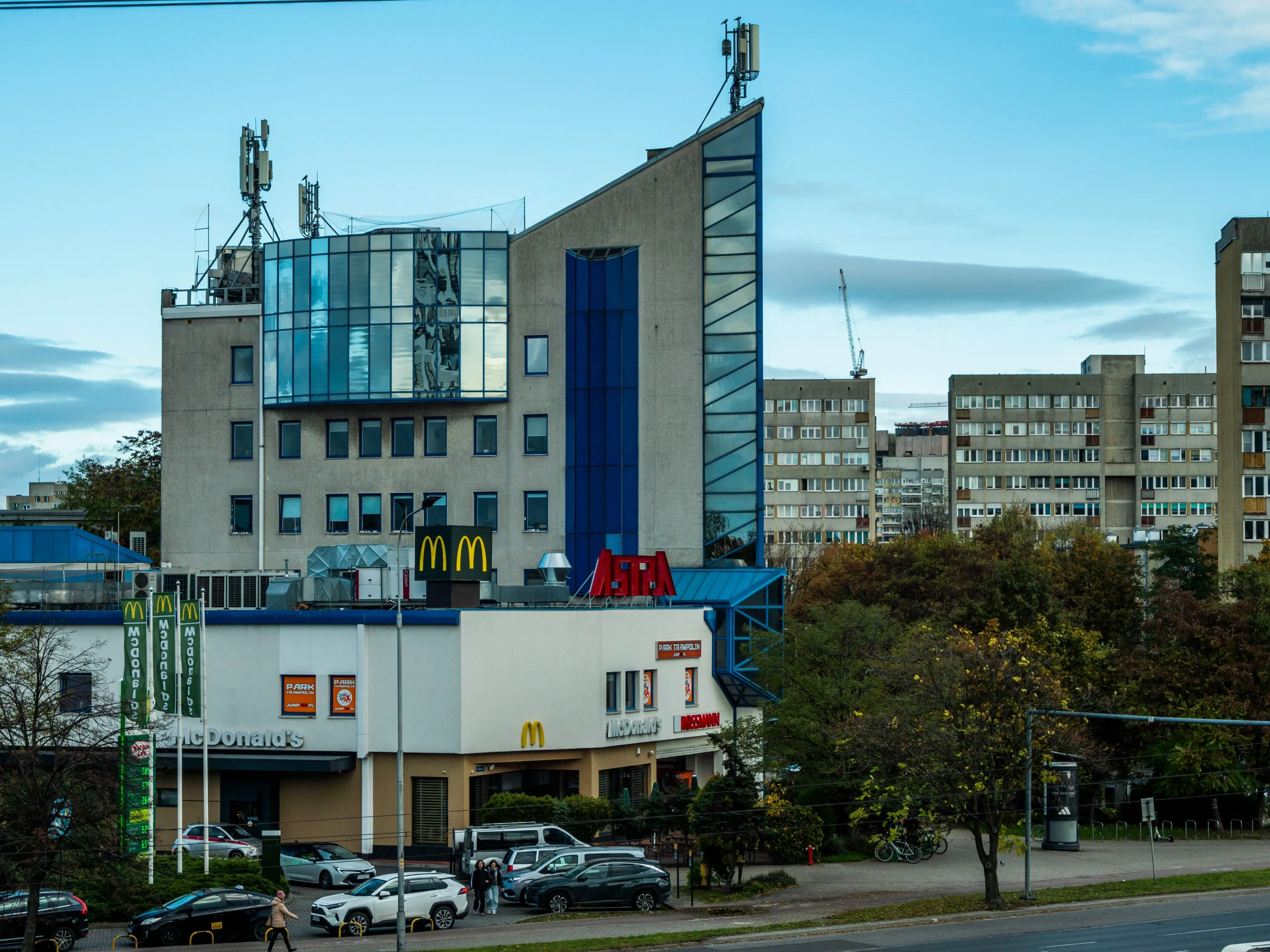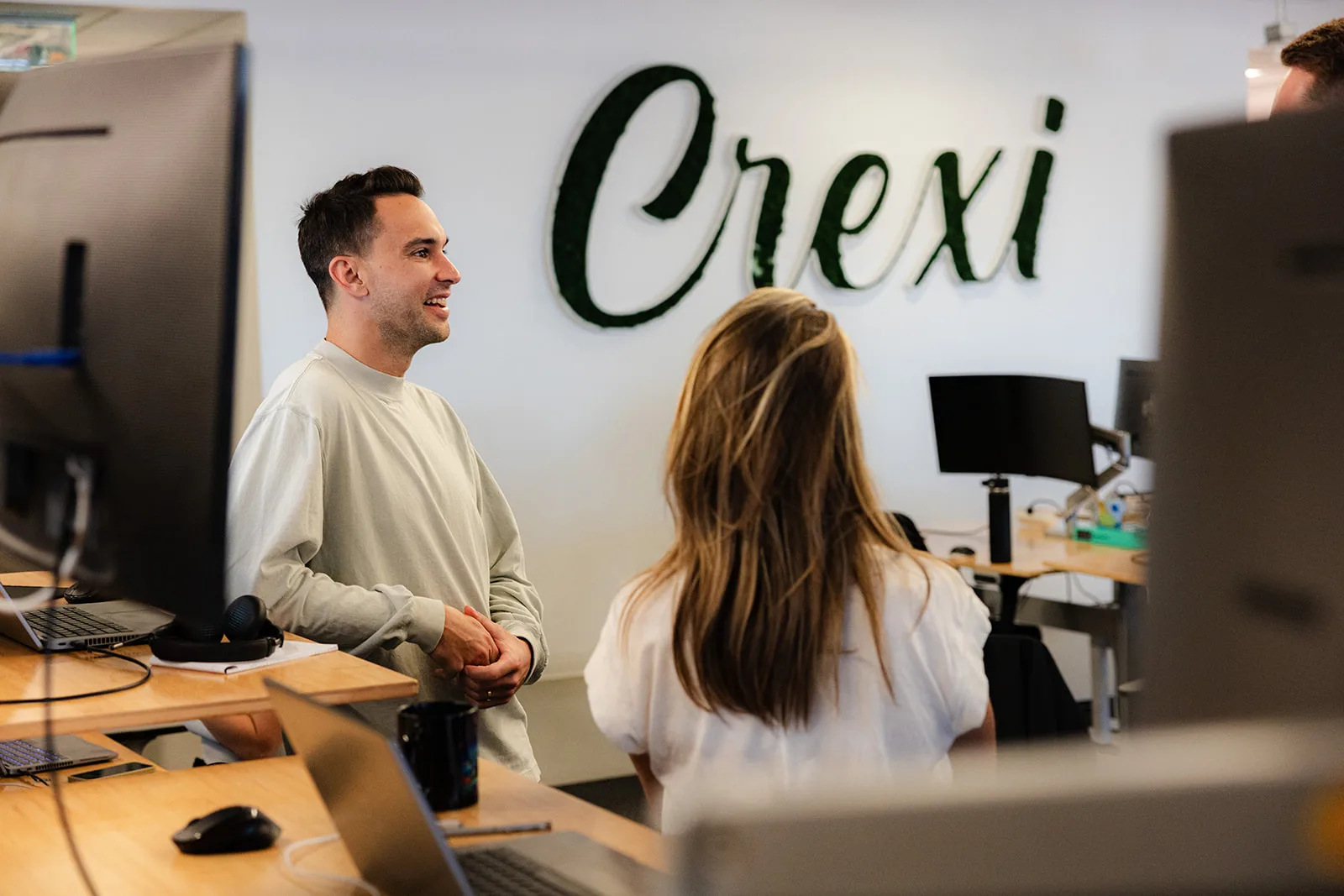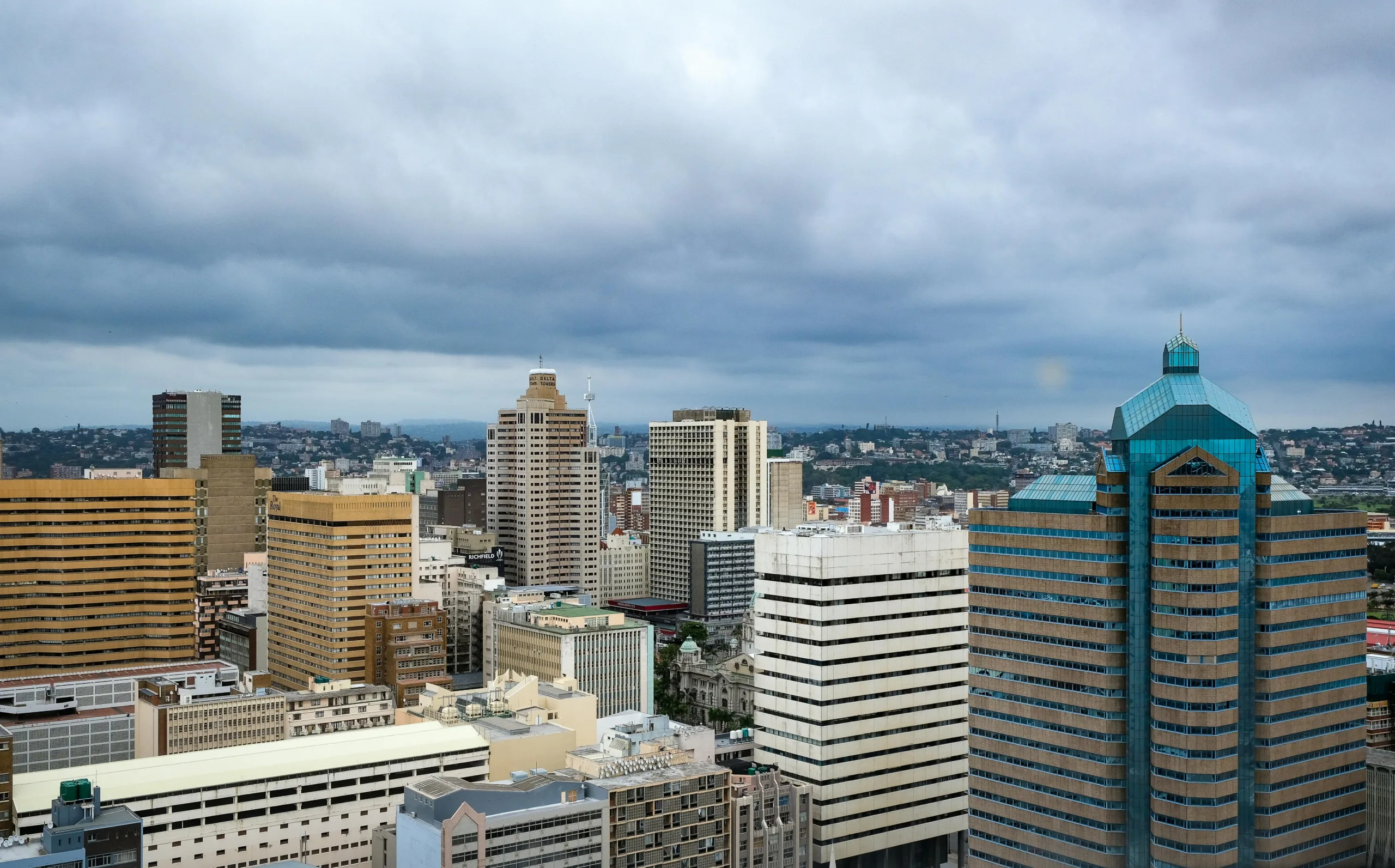- Coworking market in the US reached 152M SF across 8,420 locations as of Q3 2025.
- Growth is strongest in secondary markets like Dallas–Fort Worth, Atlanta, and Phoenix, signaling nationwide adoption.
- Median pricing remains stable at $225/month for memberships and $30 for day passes, reflecting healthy demand.
- National operators dominate in scale, but local and regional brands thrive by offering community-driven, niche spaces.
A Market Entering Maturity
Coworking in the US has transitioned from a volatile pandemic-era rebound to a more measured and stable phase, reports Coworkingcafe. As of Q3 2025, over 8,400 active locations now serve businesses, freelancers, and hybrid teams across the country. While still just 2.1% of the overall office market, the sector’s 152M SF represents a growing share of office demand.
Rather than expanding indiscriminately, operators are growing methodically—choosing stronger submarkets, scaling existing spaces, and refining pricing models to reflect local demand.
“Coworking has traded volatility for viability,” said Peter Kolaczynski, Director at Yardi Research. “Our industry isn’t chasing endless growth anymore—it’s building it deliberately, one stable location at a time.”
Region By Region
Coworking density is highest in the Northeast, driven by Manhattan, Boston, and northern New Jersey, where flexible space continues to outpace supply. But growth is far from coastal-only:
- Los Angeles leads in number of locations (322), followed by Dallas–Fort Worth (310) and Manhattan (287).
- Texas has emerged as a national coworking powerhouse, with Dallas, Houston, Austin, and San Antonio collectively offering over 600 spaces.
- Phoenix, Nashville, and Raleigh–Durham have matured beyond “emerging market” status, each with around or more than 180 coworking sites.
- Western hubs like Denver, Salt Lake City, and San Francisco show rising demand for suburban, lifestyle-oriented coworking environments.
The trend is clear: coworking has become embedded in local office ecosystems beyond just urban centers, especially as hybrid work creates demand closer to where professionals live.
Get Smarter about what matters in CRE
Stay ahead of trends in commercial real estate with CRE Daily – the free newsletter delivering everything you need to start your day in just 5-minutes
Bigger Spaces, More Flexibility
Across the country, coworking operators are prioritizing larger, multi-functional spaces. The national average site size is now 18,080 SF, though in cities like Manhattan (42K SF) and Chicago (28K SF), locations are significantly larger to accommodate enterprise needs.
These larger sites often feature:
- Private offices
- Hybrid meeting suites
- Dedicated amenities like cafes, wellness rooms, and event spaces
In contrast, smaller metros are succeeding with efficient, locally tailored layouts, particularly near universities, tech corridors, and suburban downtowns.
Pricing Normalizes, Reflecting A Balanced Market
Nationally, coworking prices have stabilized:
- Memberships: $225/month median
- Day passes: $30 average
- Meeting rooms: ~$45/hour
- Virtual offices: ~$159/month
Manhattan leads in price, with memberships averaging $339 per month and meeting rooms renting for $67 per hour. Brooklyn follows closely at $320 per month. On the West Coast, premium markets such as San Francisco and Los Angeles also remain above the national average.
Meanwhile, cities in the South and Midwest — including Houston, Atlanta, and Columbus — continue to offer more affordable options. In some metros, memberships start as low as $150 per month. These markets show that strong occupancy can be achieved without premium pricing.
National Chains & Local Players
Major operators dominate national supply:
- Regus: 1,185 US locations
- HQ: 274 locations
- Industrious & Spaces: ~150 each
- VAST Coworking (Office Evolution, Venture X, Intelligent Office): 180 locations
However, regional and independent brands continue gaining ground, particularly in secondary and tertiary markets where customization, community, and flexibility win over generic offerings.
Enterprise demand remains strong, but there’s parallel momentum in coworking cafes, maker studios, and multi-use event spaces serving creatives and small teams.
A Normalized Market Poised For Sustainable Growth
Q3 2025 reflects a coworking sector that has hit its stride. With rational pricing, stable occupancy, and measured expansion, coworking is no longer viewed as a niche or transitional model—it’s becoming part of the core office offering in cities big and small.
As hybrid work persists, operators that prioritize flexibility, localization, and community will be best positioned to succeed in the next phase of coworking’s evolution.


















